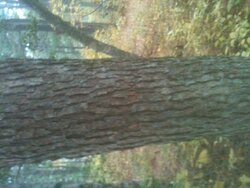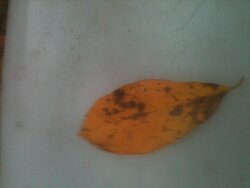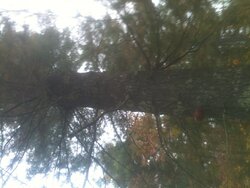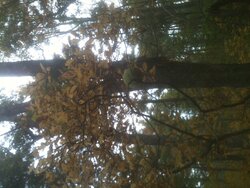Went for a walk out back this morning down one of my logging/walking paths and found these nuts on the ground. I am thinking American Chestnut.
If you asked me I would tell you I don't have any in my woods. Guess I would be wrong . Looks like I need to do some tree id work.
Ps was back there to set a game camera on some White Oaks to see what time the deer are coming in and walked up on one eating under the oaks.
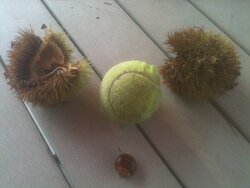
If you asked me I would tell you I don't have any in my woods. Guess I would be wrong . Looks like I need to do some tree id work.
Ps was back there to set a game camera on some White Oaks to see what time the deer are coming in and walked up on one eating under the oaks.





